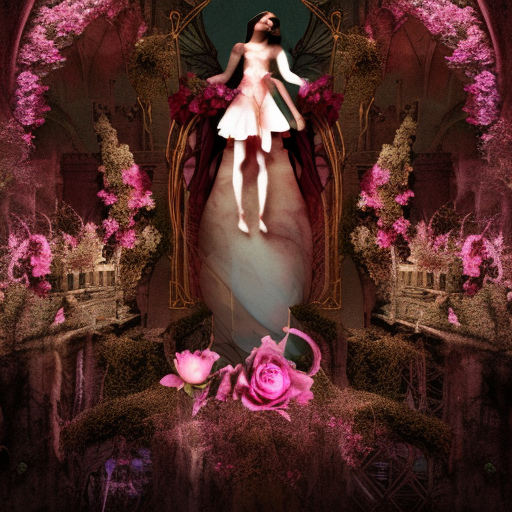One-line Summary:
“A Rose for Emily and Other Stories” is a collection of haunting and thought-provoking tales that explore the complexities of human nature and the dark side of society.
The Power of Isolation and Loneliness
In “A Rose for Emily and Other Stories,” author William Faulkner delves into the theme of isolation and loneliness, presenting characters who are trapped in their own worlds and unable to connect with others. In the titular story, “A Rose for Emily,” the protagonist, Emily Grierson, lives a reclusive life, cut off from the outside world. Her isolation is a result of her father’s overprotectiveness and the town’s judgmental attitudes. As the story unfolds, we witness the tragic consequences of Emily’s seclusion, highlighting the destructive power of isolation.
Similarly, in “Dry September,” Faulkner explores the devastating effects of loneliness and the dangers of mob mentality. The story revolves around the false accusation of a black man, Will Mayes, by a group of white men. The protagonist, McLendon, fueled by his own loneliness and insecurities, leads the mob in a violent pursuit of justice. Through this story, Faulkner exposes the destructive nature of isolation and the dangers of unchecked prejudice.
The Decay of Southern Aristocracy
Another prominent theme in “A Rose for Emily and Other Stories” is the decay of Southern aristocracy. Faulkner vividly portrays the decline of the once-proud Southern elite and the crumbling of their values and traditions. In “A Rose for Emily,” Emily Grierson represents the fading remnants of the old South, clinging to her family’s former glory. As the story progresses, we witness the decay of her mansion and the decay of her own mental state, symbolizing the decline of the aristocratic class.
In “Barn Burning,” Faulkner explores the conflict between loyalty and morality within a struggling Southern family. The protagonist, Sarty Snopes, is torn between his loyalty to his father, a serial arsonist, and his own sense of justice. Through this story, Faulkner highlights the moral decay within the Southern aristocracy and the struggle of individuals caught between their loyalty to family and their own moral compass.
The Dark Side of Human Nature
Faulkner’s collection also delves into the dark side of human nature, exposing the hidden desires, secrets, and sins that lurk beneath the surface. In “That Evening Sun,” the protagonist, Nancy, is trapped in an abusive relationship with a white man. Faulkner explores the themes of racism, misogyny, and the dehumanization of African Americans in the South. The story serves as a chilling reminder of the darkness that exists within society and the consequences of turning a blind eye to injustice.
In “A Rose for Emily,” Faulkner delves into the depths of human obsession and the lengths people will go to preserve their illusions. Emily’s obsession with her deceased lover leads her to commit a shocking act, revealing the disturbing nature of her character. Through this story, Faulkner explores the complexities of human psychology and the destructive power of unchecked desires.
Key Takeaways:
- Isolation and loneliness can have destructive consequences.
- The decay of Southern aristocracy symbolizes the decline of traditional values.
- Human nature has a dark side that can lead to obsession, violence, and injustice.
“For a long while we just stood there, looking down at the profound and fleshless grin. The body had apparently once lain in the attitude of an embrace, but now the long sleep that outlasts love, that conquers even the grimace of love, had cuckolded him.”
– A Rose for Emily
In “A Rose for Emily and Other Stories,” Faulkner masterfully explores themes of isolation, the decay of Southern aristocracy, and the dark side of human nature. Through his haunting tales, he forces readers to confront the complexities of the human condition and the consequences of our actions.












